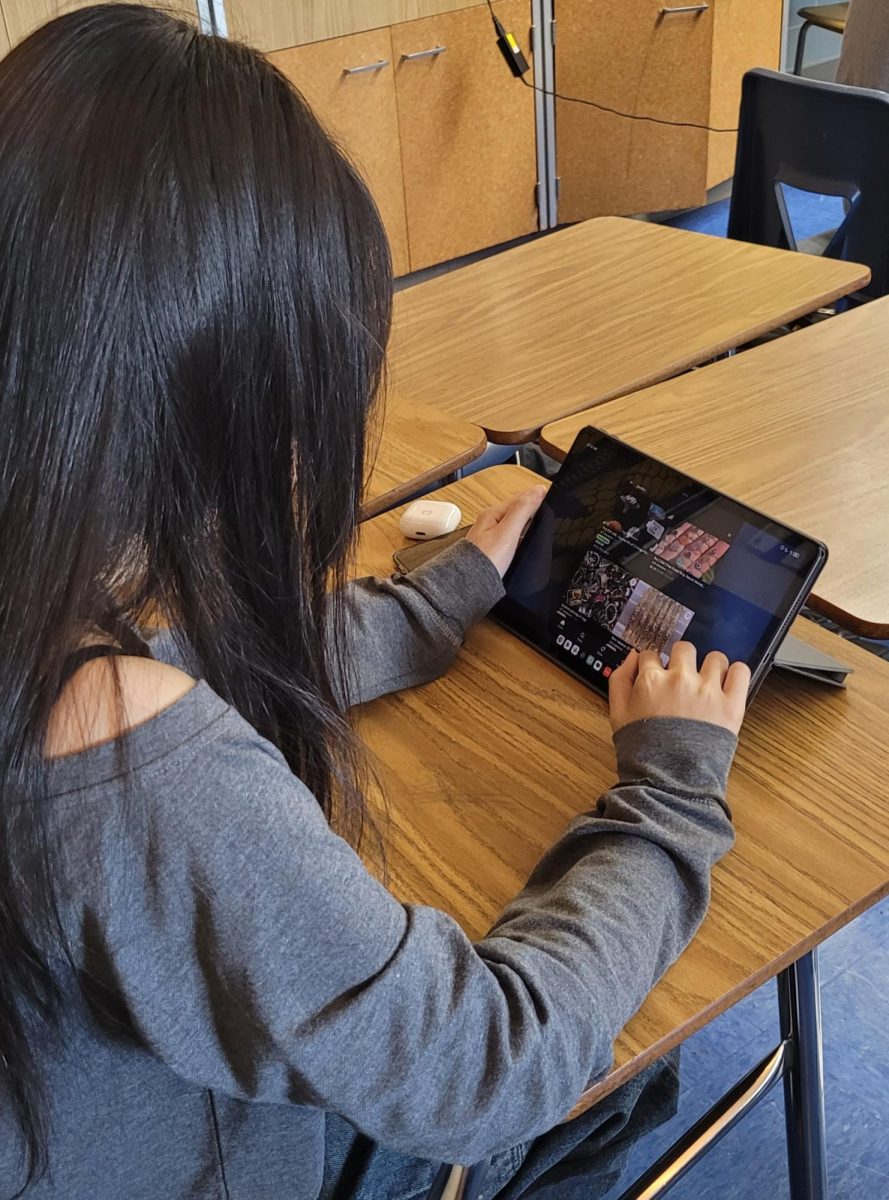If you’ve been driving around the Twin Cities, you may have noticed that many first-ring suburbs—cities that share a border with a major city—have been including more bike lanes, trails and sidewalks, in addition to building apartments or revitalizing their downtowns. Columbia Heights (CH) is one exception. So why aren’t they doing any of these things?
Other suburbs—like Richfield and St. Louis Park—are densifying and have much better infrastructure. Richfield currently has 29 miles of dedicated bike infrastructure, and will have 24 more coming soon. St. Louis Park has three regional trails running through it, along with a plan to add more bikeways around the city called Connect the Parks. Even Hopkins—which doesn’t border Minneapolis—has five regional trails and a separated bike path which follows 8th Avenue. Even Fridley is densifying and improving their bike network, with a trail parallel to 7th Street and new developments near Locke Park. But Columbia Heights only has less than a mile of bike lanes and a few miles worth of trails.
The only street with bike lanes in Columbia Heights is on Reservoir Boulevard between 37th and 40th Avenues. Unfortunately, these bike lanes are nothing more than painted lines and a bike stencil, and the conditions themselves are like riding on a rough mountain bike trail.
Columbia Heights has two major paths along both its northern and southern border. The under-construction path on the northern border will be parallel to 53rd Avenue between Main Street and Central Avenue. The southern border has a path that runs parallel to 37th Avenue between University and Central Avenues. The trail is planned to be extended to Stinson Boulevard as part of a reconstruction project.
These construction projects and other improvements, however, are not enough.
“We need a network across this entire city [especially] where there aren’t sidewalks,” CH Planning Commissioner Tom Kaiser said. “We don’t [just] need painted bike lanes, we need physically protected bike lanes. Every street should be close to a protected bike lane and sidewalks.”
Besides the issues with walking and biking related infrastructure, transit in Columbia Heights is not great either. There are four transit routes serving Columbia Heights as of Fall 2023, mainly running down Central and 40th Avenues. Looking at a metro area map, there seems to be a transit drought in the Northeast quadrant of the city, but that’s not the only place struggling to provide adequate public transportation.
Zooming in, it seems that Anoka County as a whole is in a transit drought. Sure, they may have the Northstar train and the upcoming F Line (which will replace Route 10), but the county is also lacking in local bus routes. Even Dakota County—which is similarly suburban—has two rapid transit lines. Why is that the case? Is Anoka County less friendly to transit developments?
“District 7 (Fridley, Hilltop and Columbia Heights) are the most diverse and urban cities in Anoka County,” Anoka County Commissioner Mandy Meisner said. “For our area, having reliable and frequent public transportation is a must. I consistently share our needs with my colleagues to educate them on the importance of having access to transportation in order to have productive lives and stay connected with family and friends.”
Despite the inaction by Columbia Heights on these issues, there is hope in the long-term.
“There is a desire to implement a Complete Streets Policy which explicitly requires consideration of multi-modal transportation (cars, transit, bicycle, pedestrians) in future street projects,” CH city planner Andrew Boucher said. “Once that is in place, we’ll have a better understanding of where there are connection gaps as far as sidewalks, crossings, and bicycle/trail facilities are concerned.”
Columbia Heights has a few big projects coming soon, the most significant of which is a ground-up reconstruction of Central Avenue from downtown Minneapolis to Blaine.
“[At its current state] I don’t like Central Avenue. It’s ugly, it’s unsafe, there’s so much litter, [and] people drive insanely there,” Kaiser said.
All signs point to including protected bike lanes and bus lanes on a portion of the road to combat this.
“I’m concerned they (Minnesota Department of Transportation) don’t have true ‘urbanist’ pedestrian and bike friendly priorities in mind,” Kaiser said.
Another noteworthy project coming soon is the long-awaited redevelopment of the former Rainbow Foods site.
“This is a prime redevelopment site where the City can serve a multitude of goals like adding commercial space/businesses, additional single family housing for residents to remain in Columbia Heights when they are ready to move to a house more suitable for their needs, and identifying opportunities to make the area more multi-modal friendly,” Boucher said.
There is another project which is in the very early stages of redevelopment. Medtronic recently sold an office building on 53rd Avenue, across from Target. “The City has contracted with the consultant that prepared the 2040 Comprehensive Plan to assist in organizing planning activities for the Medtronic Site on 53rd, so that’s starting to heat up,” Boucher said.
Other than these projects happening in the near to mid-term future, Kaiser sees hope that Columbia Heights as a whole is ripe ground for redevelopment.
“Columbia Heights has huge potential to become an even nicer place than it already is, and part of that is because of our street grid,” he said. “It’ll be easier for the city to redevelop and grow in a way that promotes walkability.”
While Richfield, Hopkins and St. Louis Park are flexing their new “urbanist” infrastructures, Columbia Heights seems to be taking its sweet time catching up. With enough time, it could very well be on par with other cities. But for now, CH needs to get moving—in more ways than one.










